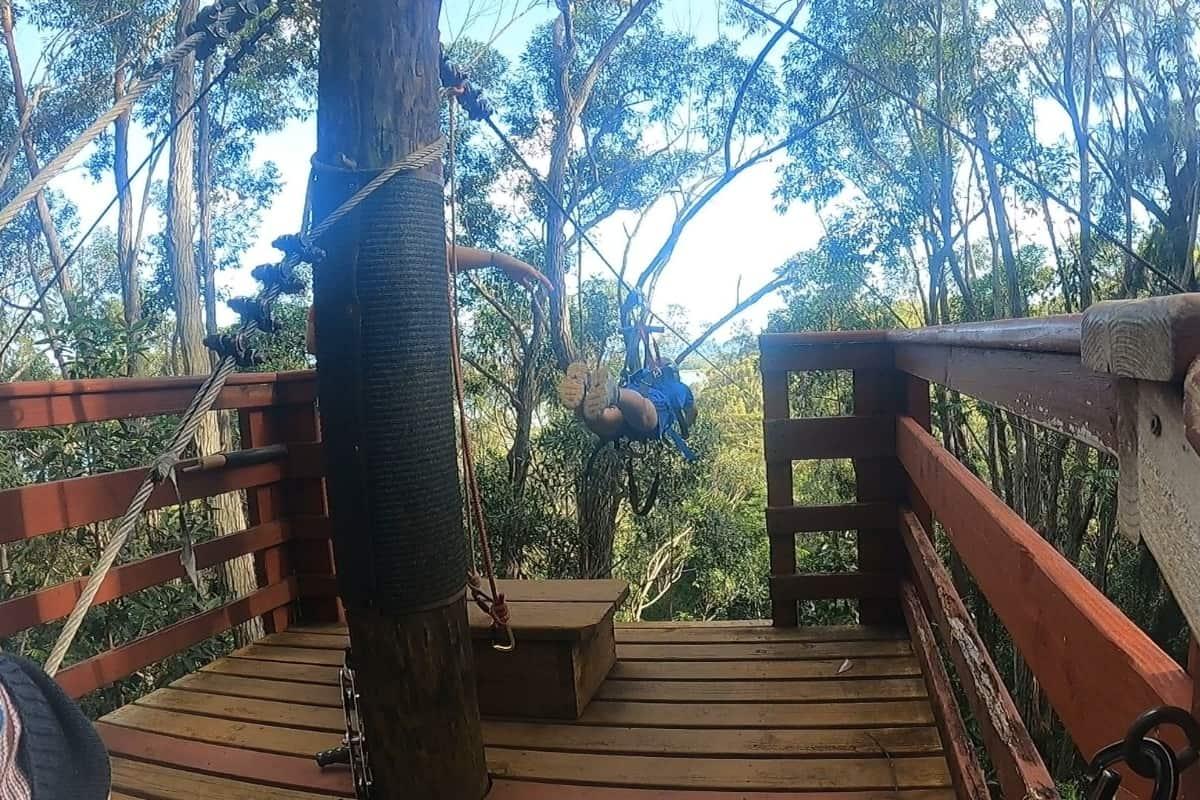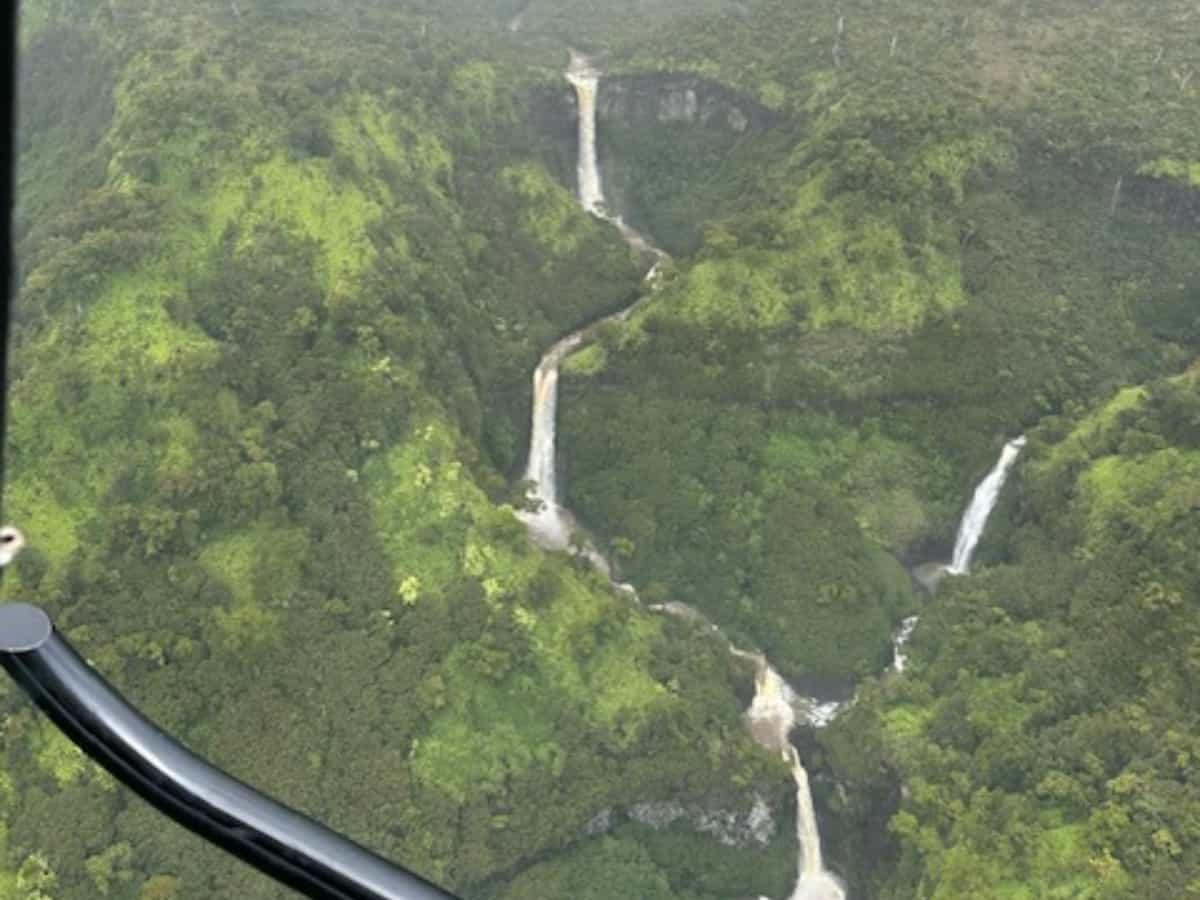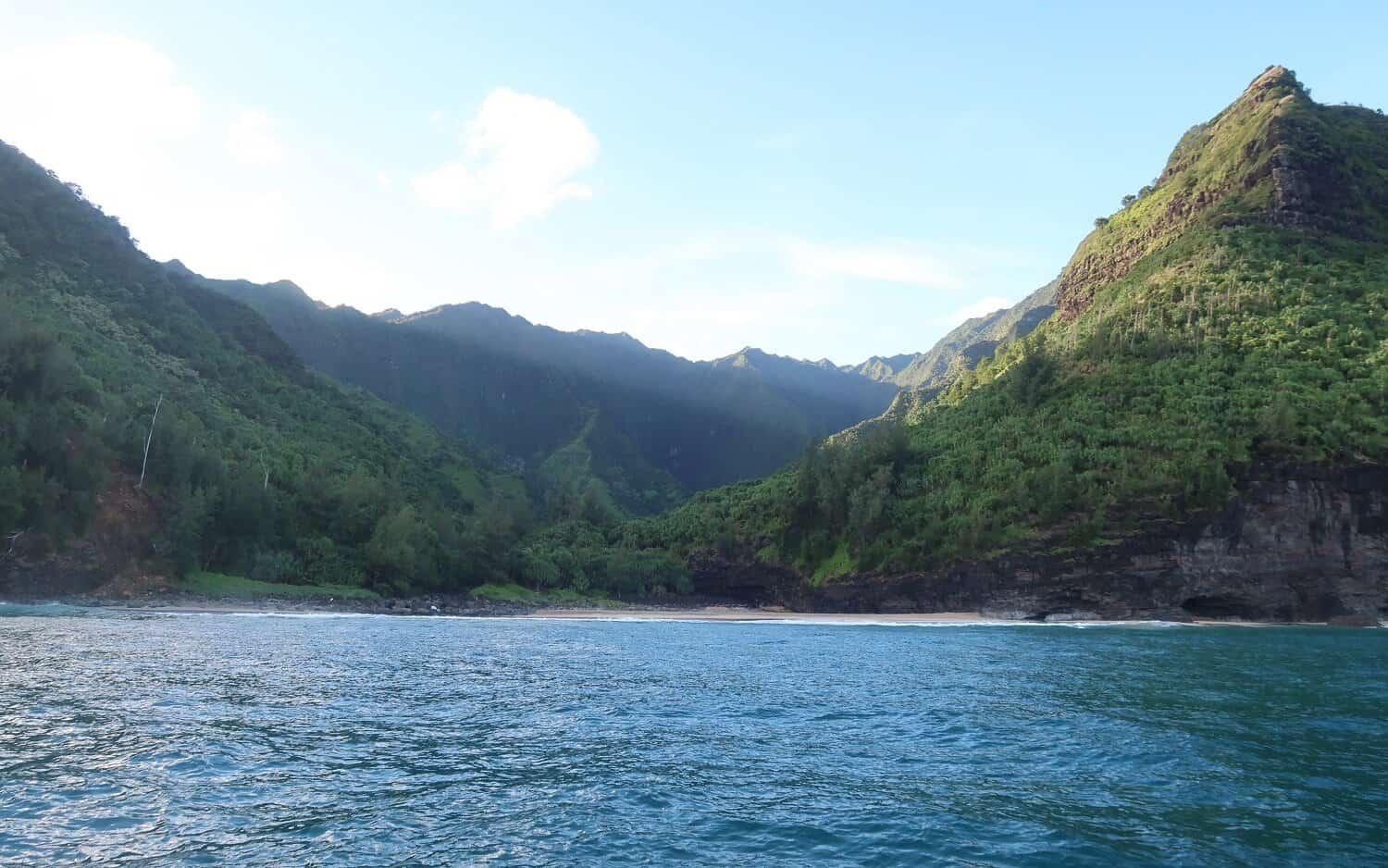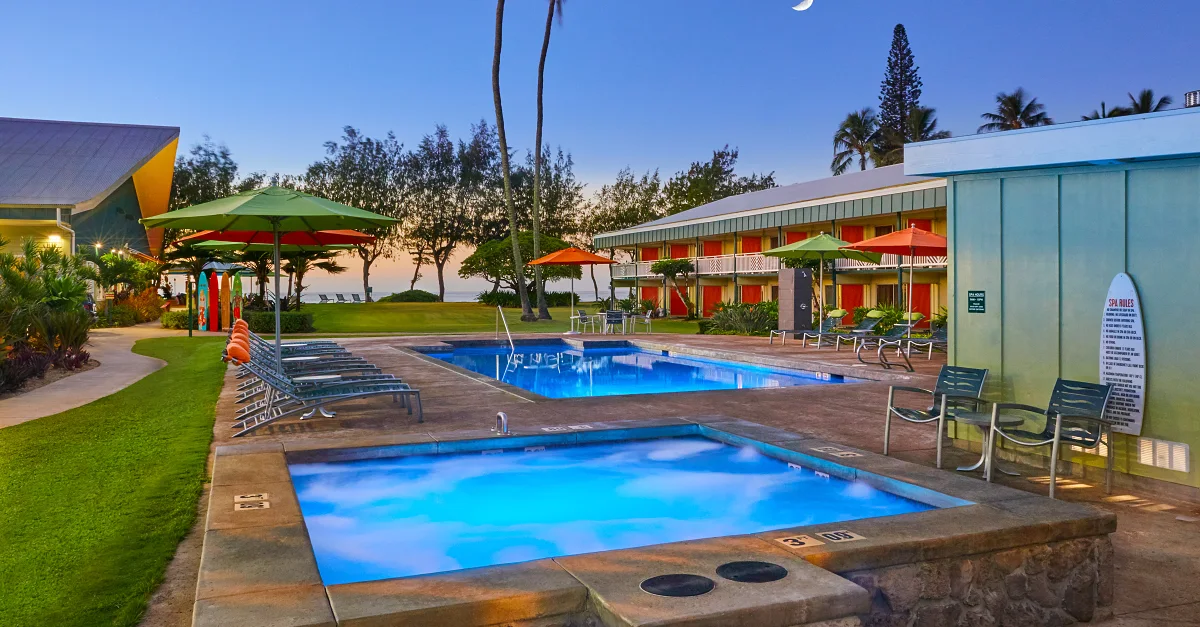Kauai Vacation Rentals | Kauai Travel Blog
Find stunning vacation rentals in Kauai for your well-deserved dream vacation.
Welcome to Kauai Travel Blog, your travel helper when it comes to finding beautiful vacation rentals in Kauai.
You'll find some of the most beautiful and luxurious vacation rentals across the island of Kauai. Whether you're looking for beachfront villas, luxury resorts, or secluded homes near the rainforest, you can browse through our lists of places to stay in Kauai.
The magical island of Kauai is one of the most stunning islands in Hawaii. With its scenic landscapes like Waimea Canyon and dream waterfall spots like Wailau Falls, travelers with any interests can truly experience the Aloha Spirit.
Travelers visiting as part of a honeymoon, family vacation, or even a friend trip can find a diverse range of accommodations for any occasion. Find the perfect vacation rental by choosing one from any of our lists. We cover the accommodations, show pictures, and include anything else you'll want to know when trying to find a place to stay for a much-deserved tropical vacation.
Popular Kauai Tours

Best Zipline Tours
Want to go on the best zipling tours in Kauai? Find your next adventure with any of these amazing zipline companies.
View Zipline Tours
Best Helicopter Tours
A helicopter tour is one of the best ways to see the true beauty of Kauai. Check out these trusted companies.
View Helicopter Tours
Best Boat Tours
The best way to see the Na Pali Coast in Kauai is by booking a boat tour with one of these well-known companies.
View Boat ToursTop Vacation Rentals In Kauai
Kauai Shores Hotel
Kapaʻa

Guests: 4
Bedrooms: 1
Bathrooms: 2
Rates: $250 - $300 per night
Explore Kauai
Browse through our articles to find guides on every hike and beach in Kauai. We cover all you want to know, from the best places to eat at to the hidden gems on the island. With no shortage of exciting activities, you can also read about our top-choices for tours and other things to do.
